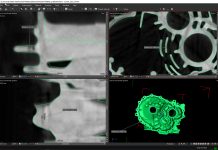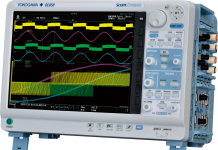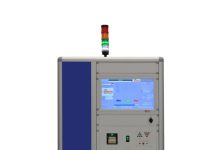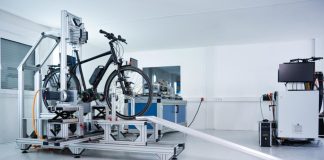Wright Electric Inc., the producer of advanced motor, generator, and inverter technologies, announced that they successfully tested their motor in the Wright Lab at a simulated atmosphere equivalent to 43,000 feet of altitude without Potential Discharge (PD).
Conducted at 1,000 volts, this test sets the stage for simulated altitude testing at the Nasa Neat facility later this year. PD-free performance is crucial to operating electric motors on aircraft. When electric motors run at high voltages, the insulation surrounding the conductive components is subjected to electric stress. Over time, this stress may weaken the insulation, leading to PD. It can further accelerate the degradation of insulation, potentially causing motor failure, among other safety concerns.
As altitude increases, the voltage level needed to cause PD decreases. Because of this, PD is not an issue for many electric aircraft under development, such as air taxis, which cruise around 3,000 feet where typical insulation is sufficient. Wright Electric is developing motors and inverters for commercial aircraft that typically cruise at 36,000 feet, making air taxi solutions impractical. Jeff Engler, Founder and CEO of Wright Electric, explained, «45% of all aviation emissions are from single-aisle flights. By proving those flights can be flown without potential discharge, we are one step closer to eliminating this massive form of pollution.»









